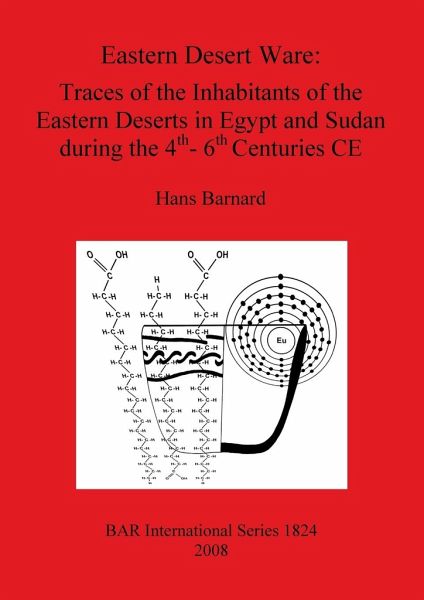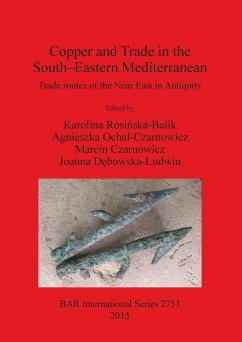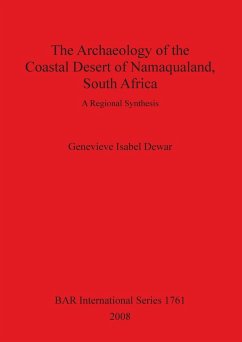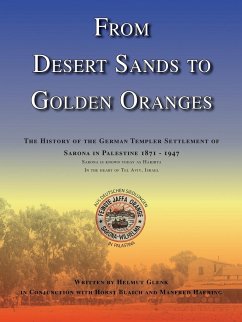
Eastern Desert Ware
Traces of the Inhabitants of the Eastern Deserts in Egypt and Sudan during the 4th- 6th Centuries CE
Versandkostenfrei!
Versandfertig in 1-2 Wochen
110,99 €
inkl. MwSt.

PAYBACK Punkte
55 °P sammeln!
This study presents the first comprehensive description of a small corpus of ceramic vessels, now defined as Eastern Desert Ware (EDW). The vessels that comprise this corpus are hand-made cups and bowls, shaped without the use of a potter's wheel, with proportionally thin walls and well-finished surfaces. Larger vessels and closed forms do occur very sporadically, although these forms may so far have escaped recognition. Many of the outside and several inside surfaces of the vessels are burnished and decorated with geometrical patterns impressed or incised in the unfired clay. These patterns a...
This study presents the first comprehensive description of a small corpus of ceramic vessels, now defined as Eastern Desert Ware (EDW). The vessels that comprise this corpus are hand-made cups and bowls, shaped without the use of a potter's wheel, with proportionally thin walls and well-finished surfaces. Larger vessels and closed forms do occur very sporadically, although these forms may so far have escaped recognition. Many of the outside and several inside surfaces of the vessels are burnished and decorated with geometrical patterns impressed or incised in the unfired clay. These patterns are often remarkably asymmetric and frequently enhanced by a white inlay or a partial red slip. Eastern Desert Ware has been found in archaeological contexts predominantly dated to the 4th-6th centuries CE, by associated pottery, coins, and radiocarbon analysis, in the Nile Valley between the Fifth Cataract, just north of where the Atbara debouches into the Nile, and the First Cataract near Aswan, as well as in the desert to the east, between Quseir and Port Sudan, an area of roughly 350,000 km² .












